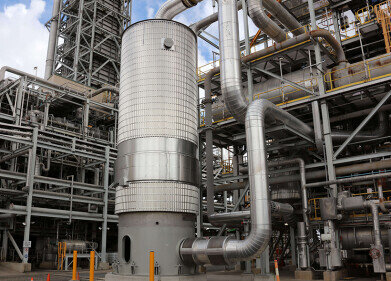Air Clean Up
What Are the Aims of COP 21?
Jun 10 2021
COP 21 – or the 21 Conference of the Parties to United Nations Framework Convention on Climate Change (UNFCCC), to give it its full name – was a summit of all 197 world nations in 2015. Taking place in Paris, the Conference aimed to encourage all attendees to agree on strategies for reducing greenhouse gas emissions, achieving a net-zero carbon scenario and reducing global warming by an absolute maximum of 2°C in comparison to pre-Industrial Revolution levels.
While some commentators hail the summit as a success in terms of securing the agreement of all 197 nations (and the later ratification of the vast majority), there are other critics who do not believe it went far enough in following the science to slow climate change or implementing concrete measures. Here’s a closer look at its main objectives and how effective it has been in achieving them.
Limiting global warming
The overarching aim of COP 21 was actually identified in Cancun five years earlier, when attendees at COP 16 agreed to limit global warming to no more than 2°C above pre-industrial levels and with an eye on expanding that target to 1.5°C in an ideal scenario. At COP 21, many lower-lying nations in the Pacific Ocean argued vociferously for a more robust approach to those temperatures, which is entirely understandable given that fact that their very survival could be threatened by rising sea levels. Despite their vocality, no further ground was made on those targets, however.
Reaching peak emissions
Another key objective of COP 21 was encouraging all signatories to reach the peak level of carbon emissions as soon as possible. What this means in practical terms is switching to cleaner sources of energy generation, transitioning to sustainable forms of transportation and implementing carbon capture and storage technology to reduce carbon emissions as much as possible going forwards. While some countries have made encouraging progress on this front, others (such as China and India) have yet to experience a peak in their emissions. Given that they are two of the biggest polluters on the planet, that has incurred troubling repercussions for the global state of play.
NDCs
The COP 21 Agreement did not come into effect until its ratification by at least 55 countries who are cumulatively responsible for at least 55% of carbon emissions. Upon ratification, each nation had to submit its nationally determined contribution (NDC), which is a voluntary target and strategy on what actions it will take to reduce its emissions, how it will implement them and when they will come into force. The scientific community is broadly in agreement that the current NDCs submitted by signatories to the accord do not go far enough if we are to achieve our goal of limiting global warming to 2°C (let alone 1.5°C), while the fact that these NDCs are non-binding mean that it may not even matter if they did. As such, this aim has certainly not yet been achieved by COP 21.
Events
IWA World Water Congress & Exhibition
Aug 11 2024 Toronto, Canada
Aug 25 2024 Stockholm, Sweden and online
Sep 03 2024 Mexico City, Mexico
Sep 03 2024 Mexico City, Mexico
Sep 03 2024 San Diego, CA, USA














